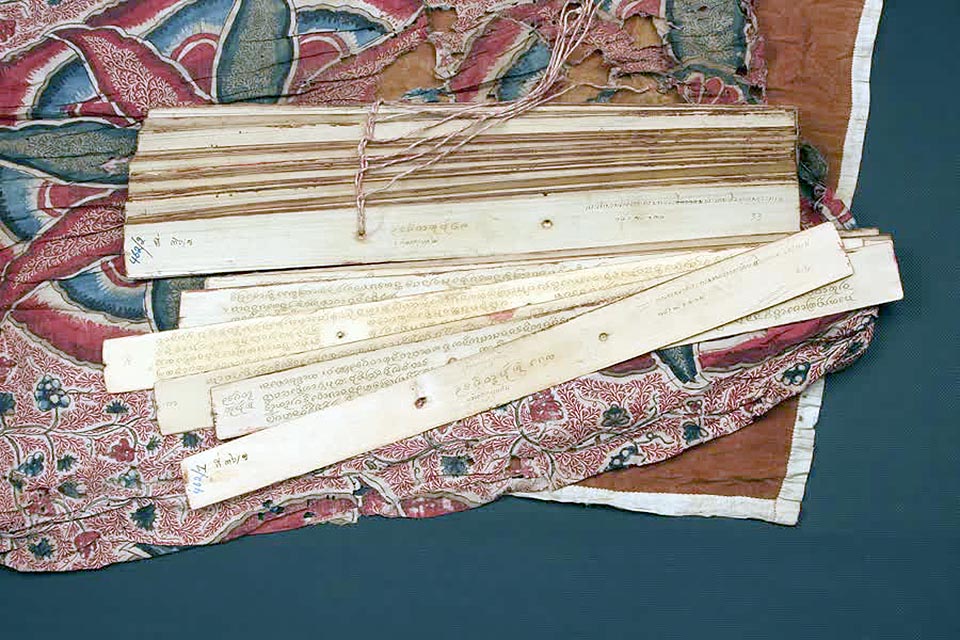
The United Nations Educational, Scientific and Cultural Organisation (UNESCO) has included Palm-Leaf Manuscripts of Phra That Phanom Chronicle on its list of this year’s 64 new items of documentary heritage inscribed on the Memory of the World International Register.
The nominations of new documentary heritage items to be inscribed on the Memory of the World International Register were reviewed at the 216th session of the Executive Board – Programme and External Relations Commission in Paris, France.
According to the description on the UNESCO Memory of the World Register website, the manuscripts narrate the tale of the Lord Buddha’s breast bones brought from India for enshrinement at Phra That Phanom, vibrantly recognized since antiquity until today as most sacred Buddhist center in the Mekong region.
The collection comprises 10 separate versions ranging in length, inscribed for multiple purposes by various personalities at different periods in history. The manuscripts represent the numerous diverse palm-leaf manuscripts depicting the same story, kept in different villages, towns and temples in many parts of the Northeast of Thailand and the Mid-Mekong region.
Popularly copied and widely disseminated for merit-making, they are cherished as sacred Buddhist literature, forming a strong basis for the collective multi-generational memories of the arrival of Buddhism into the Mekong Basins, amalgamating with local beliefs and flourishing over millennia.
The Palm-Leaf Manuscripts secured their place as Thailand’s sixth UNESCO-listed documentary heritage item, adding to the kingdom’s growing collection of recognized treasures.
The manuscript was one of two nominations submitted by Thailand, the other being Nanthopananthasut Kham Luang, a Buddhist work written in 1736 by Prince Narathibet of the Ayutthaya Kingdom.
The government added that it would seek an explanation from UNESCO’s International Advisory Committee (IAC) as to why the inscription was not included, in order to improve documentation and ensure its inclusion in its next proposal. (NNT)





